12 Late-Blooming Flowers That Keep Color Going Into Fall
As summer’s warmth slips away, it is easy to think that the garden is ready for a rest. Yet, many flowers bloom at the tail end of the season, adding pops of color when it is most needed. These late-blooming plants are perfect for extending the beauty of your garden well into the fall. Whether you are a gardening enthusiast or just want to add a little extra flair to your space, these flowers will do the trick.
This post may contain affiliate links, which helps keep this content free. Please read our disclosure for more info.
Asters
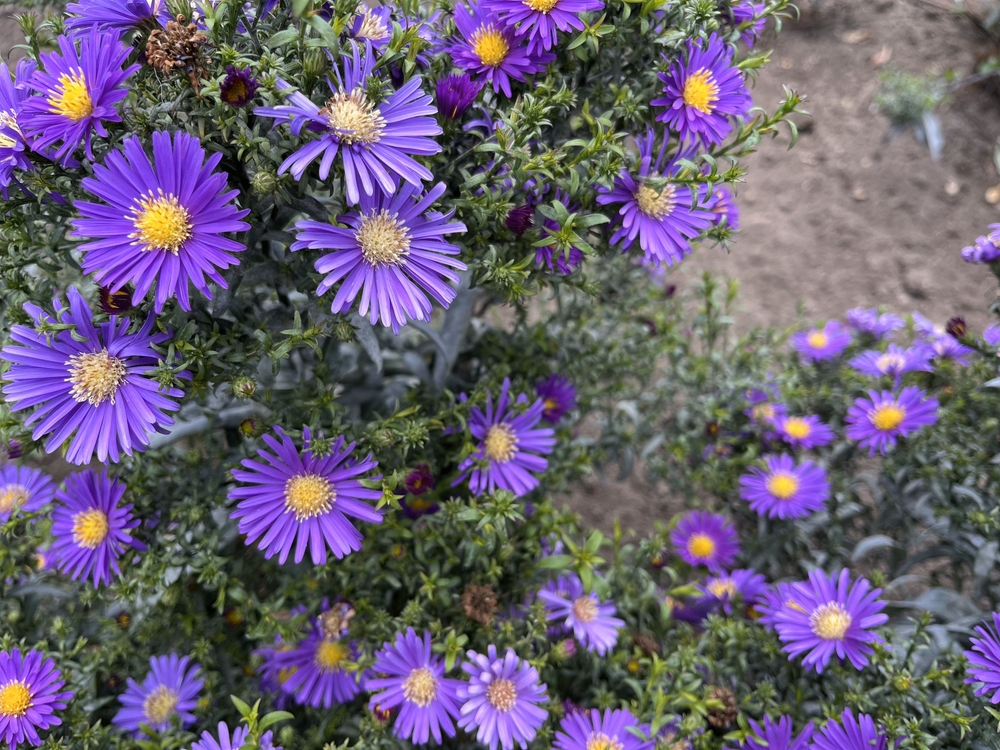
Asters are one of the most reliable flowers for adding color to the garden in late fall. They come in shades of purple, pink, and white, making them a versatile choice for any garden. Asters thrive in cooler weather and can often continue blooming well after other flowers have faded. They also attract pollinators like bees and butterflies, making them a valuable addition to any garden.
These flowers are low-maintenance and prefer well-drained soil with full sunlight. Asters can be grown from seeds or nursery plants and are perfect for adding a splash of color to borders or containers. Their ability to withstand cooler temperatures means they are ideal for fall displays. Plus, their long-lasting blooms make them a garden favorite.
Sedum (Autumn Joy)
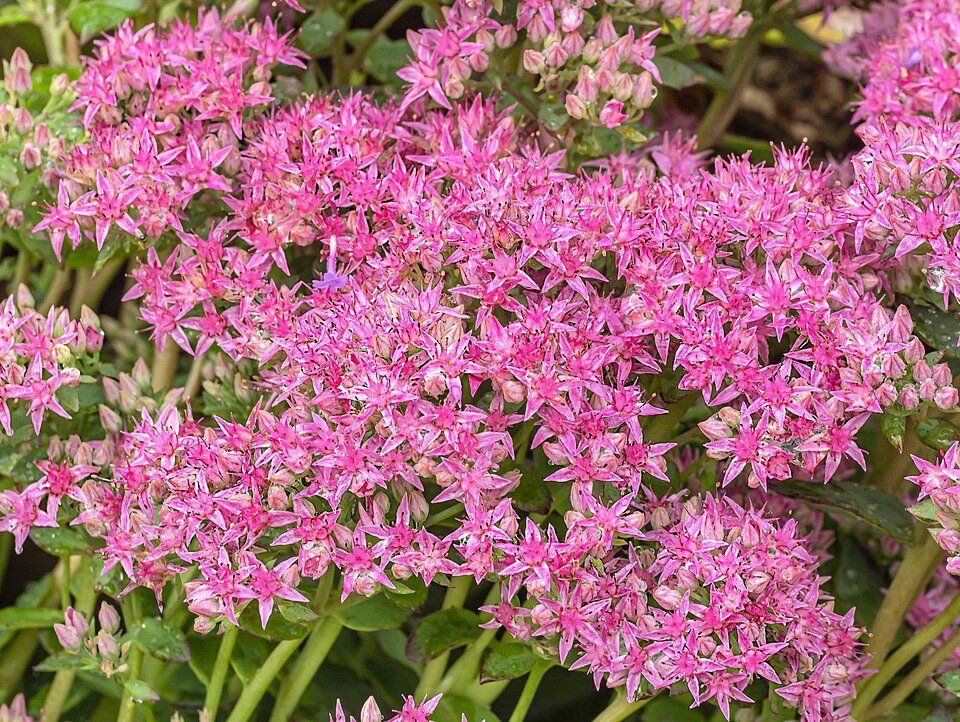
Sedum, particularly the variety called Autumn Joy, is a hardy perennial known for its late-season bloom. This flower starts with green buds in summer and gradually transforms into clusters of pinkish-red flowers as autumn approaches. Sedum is an excellent choice for adding texture and color to fall gardens, as its blooms stand tall and hold up well into the cooler months. These plants are also drought-tolerant, making them an easy-care addition.
Sedum prefers full sunlight and well-drained soil, thriving even in dry conditions. Its unique, star-like flowers and fleshy foliage bring a distinctive look to garden beds. As the weather cools, the blooms deepen in color, creating a striking contrast against the backdrop of fall foliage. It is a perfect flower for low-maintenance gardeners looking to extend their garden’s color.
Chrysanthemums
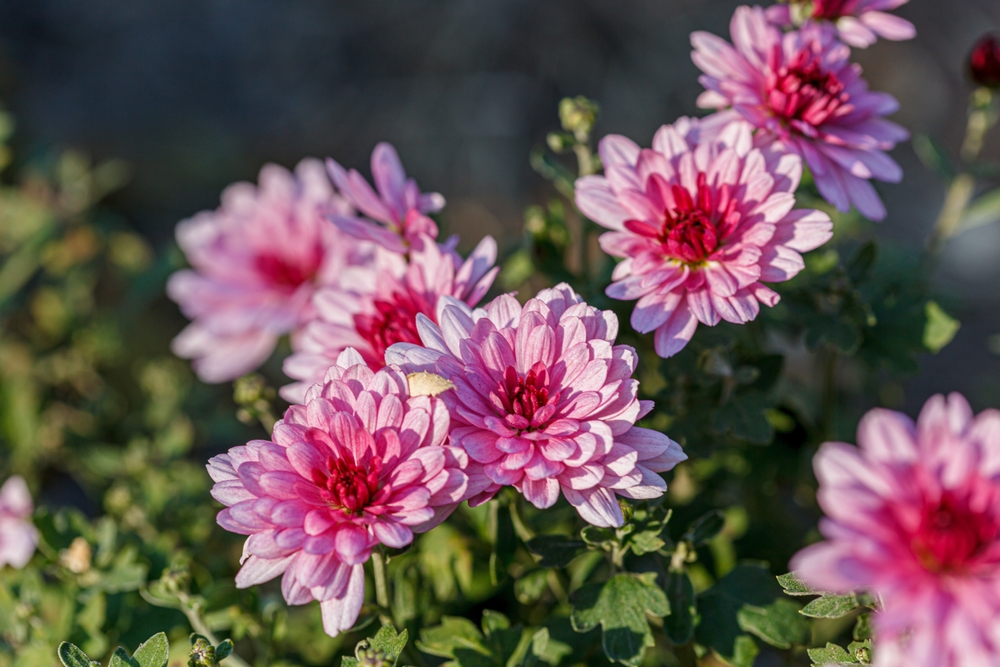
Chrysanthemums, commonly known as mums, are classic fall flowers that add instant brightness to any garden. They bloom in various colors such as yellow, orange, red, and purple, making them perfect for fall arrangements. These plants can be grown in pots or directly in garden beds, offering flexibility for different garden designs. Mums thrive in full sun and cool fall temperatures, producing dense clusters of petals late into the season.
Mums require rich, well-drained soil and regular watering to thrive. These flowers are not only visually appealing but also attract pollinators, adding to the garden’s ecosystem. With their long-lasting blooms, chrysanthemums are often used in autumn decorating and displays. They are a staple of fall gardens and can survive into the first frost.
Black-Eyed Susan
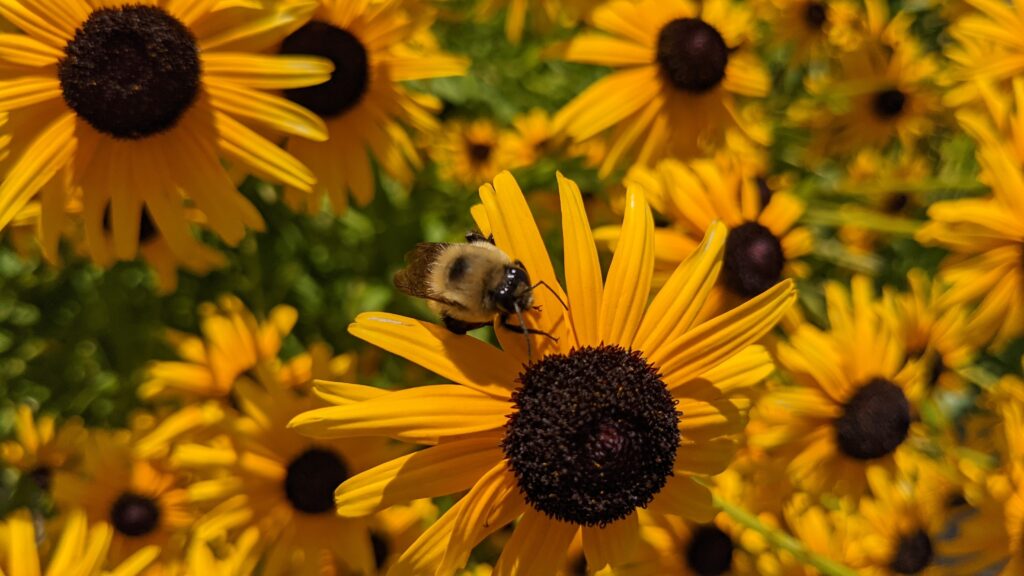
Black-eyed Susans are bright, cheerful flowers that continue to bloom well into fall, often even after the first frost. Their golden-yellow petals and dark brown centers make them a standout in any garden. These flowers are tough and easy to care for, thriving in most soil types and tolerating heat and drought conditions. Black-eyed Susans are excellent at filling in gaps in flower beds or adding color to mixed borders.
These perennials are best grown in full sunlight and well-drained soil. They attract bees and butterflies, which makes them beneficial for pollination in the garden. Their sturdy stems make them resistant to wind and rain, and they pair beautifully with other fall blooms. For gardeners seeking a low-maintenance plant with a long blooming season, Black-eyed Susans are a perfect option.
Japanese Anemone
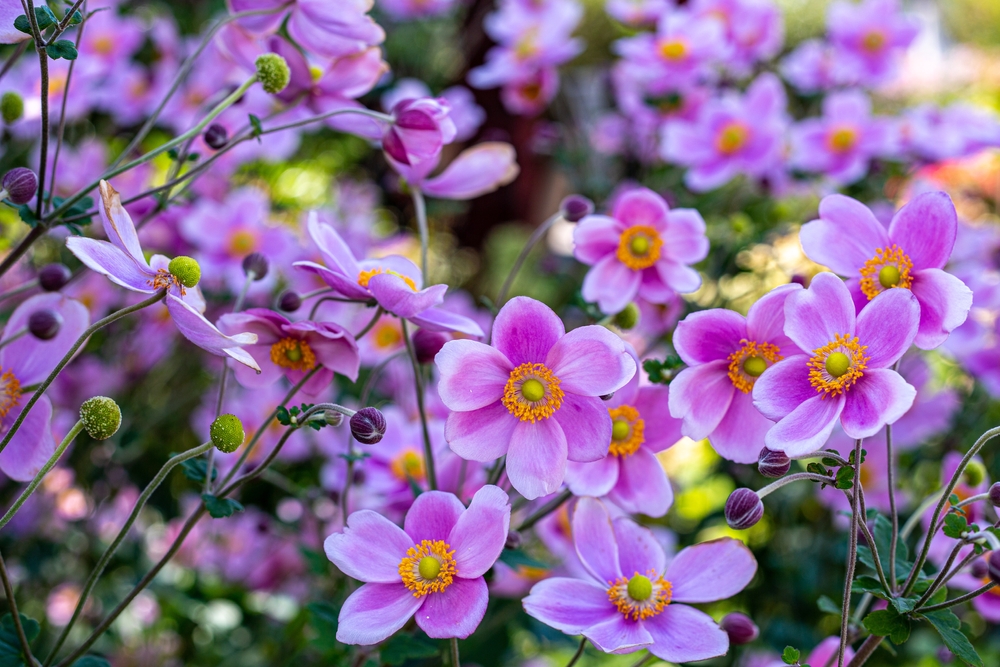
Japanese anemones are late-blooming flowers that produce elegant, white, pink, or purple blooms in late summer to fall. Known for their delicate petals and graceful appearance, these flowers can grow up to 4 feet tall, making them ideal for filling empty spaces in the garden. Japanese anemones are perfect for adding a soft, romantic touch to fall landscapes, especially in shaded or woodland areas. They are also very adaptable to a range of soil types.
While they do best in partial shade, Japanese anemones can tolerate full sun if provided with consistent moisture. They prefer slightly acidic, well-drained soil and benefit from mulching to keep the roots cool. Their ability to bloom in cooler temperatures makes them a reliable fall flower. These elegant blooms can brighten up a shady corner, adding both color and texture to your garden.
Russian Sage
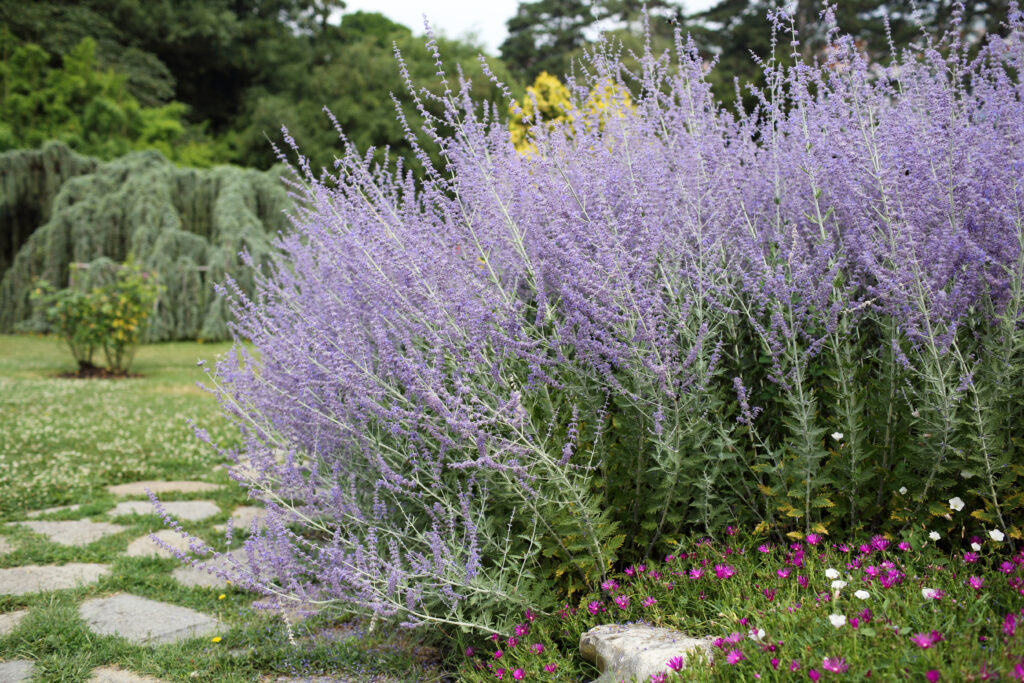
Russian sage is a perennial plant that brings both height and late-season color to the garden. This plant has silvery-green foliage and produces tall, spiky purple flowers that bloom in late summer and fall. The airy flowers add a light, almost lavender-like fragrance to your garden, making them an excellent choice for sensory gardens. Russian sage is highly drought-tolerant and thrives in poor soil, making it a great option for low-maintenance gardens.
This plant prefers full sun and well-drained soil, and it can tolerate both dry conditions and some wind. Its tall, airy flower spikes make it an excellent choice for adding vertical interest to garden beds. Russian sage’s long blooming season means it can keep your garden looking fresh and vibrant until late fall. It pairs well with other fall-blooming plants, such as asters and sedum.
Autumn Crocus
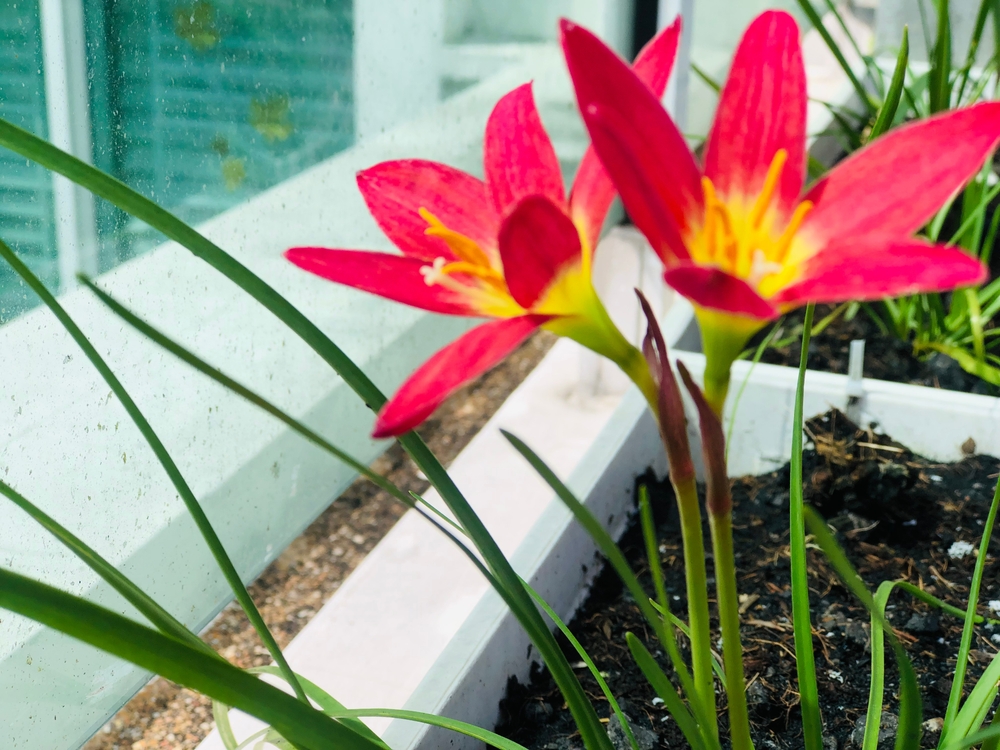
The autumn crocus, also known as colchicum, is a flower that blooms in the fall, even when many other plants have gone dormant. Its large, purple, or pink flowers emerge from the ground before the leaves, creating a striking effect. Autumn crocus is often seen as a symbol of the changing seasons, offering a burst of color as the days grow shorter. It thrives in well-drained soil and requires minimal care once established.
Planting autumn crocus bulbs in the late summer or early fall will ensure blooms that appear just when most other flowers are fading. These flowers are typically low-growing, making them ideal for adding color to the front of flower beds or under trees. They can also be grown in containers for a seasonal display. The autumn crocus is perfect for gardeners seeking a simple but dramatic fall flower.
Toad Lily
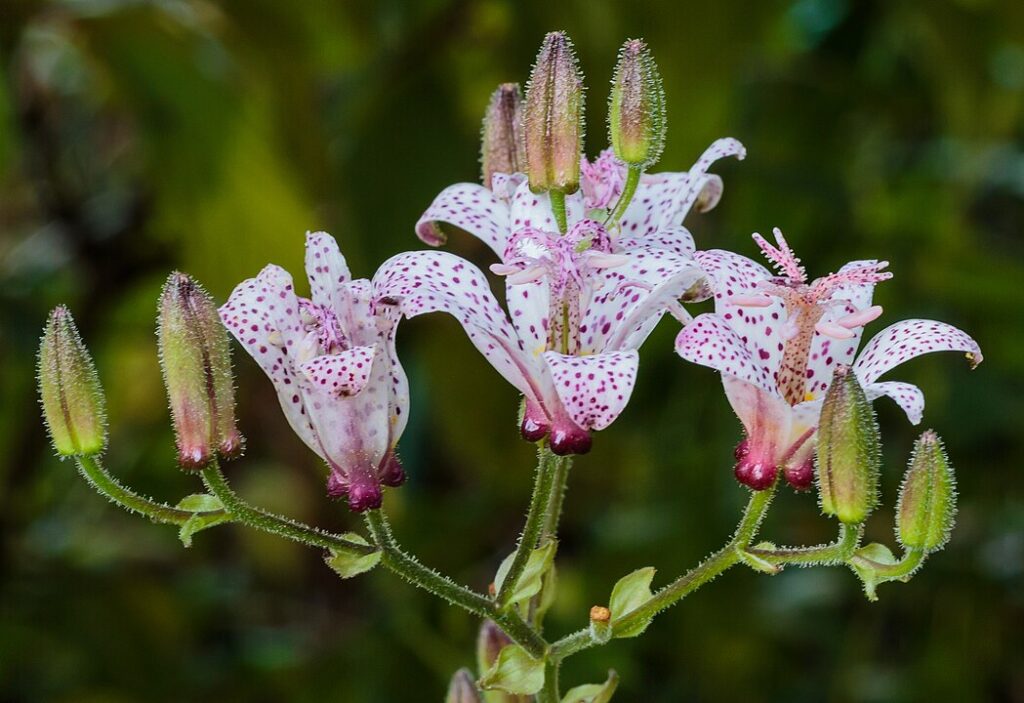
Toad lilies, or Tricyrtis, are unique flowers that bloom in late summer and fall, offering spots of color when many gardens begin to fade. Their distinctive spotted petals come in colors like white, purple, and pink, and they resemble delicate orchids. Toad lilies prefer shaded garden spaces and thrive in moist, well-drained soil. These flowers are known for their exotic look and their ability to brighten up fall with their unusual patterns.
Toad lilies are an excellent choice for shaded or woodland gardens, where they will bloom just as other plants are winding down for the season. Their late blooming period makes them a valuable addition to the fall landscape. These plants require little maintenance, making them suitable for both beginner and experienced gardeners. The toad lily’s unique beauty adds a touch of mystery and elegance to any garden.
Goldenrod
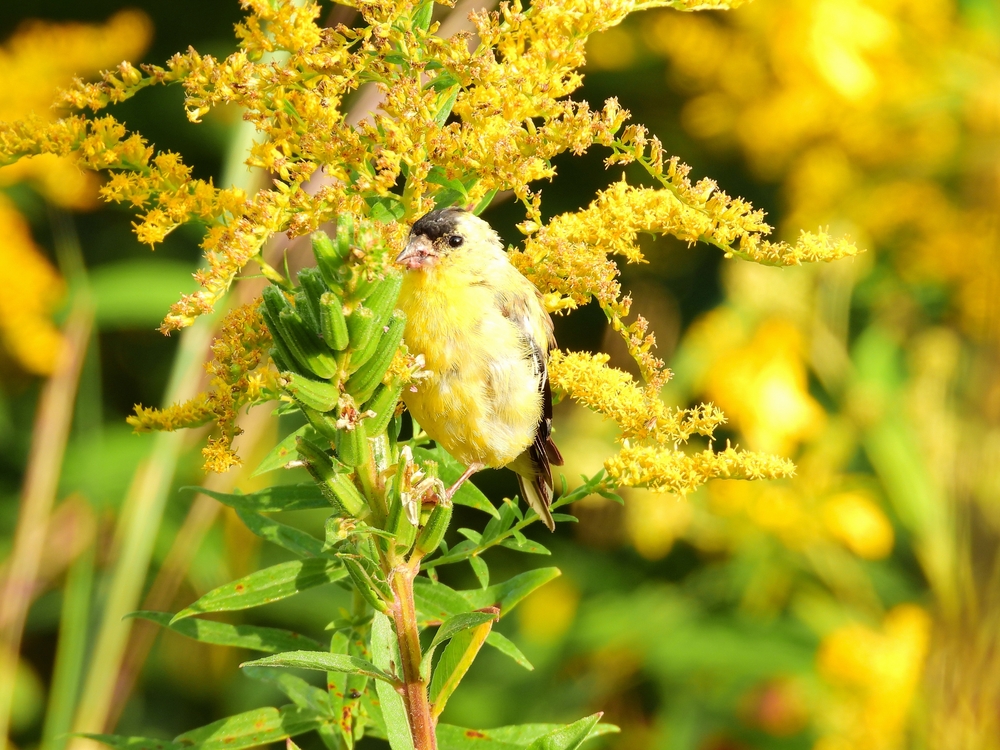
Goldenrod is a hardy perennial known for its late-season golden-yellow flowers. These vibrant blooms begin in late summer and last through fall, adding a cheerful touch to your garden as other flowers fade. Goldenrod thrives in full sun and well-drained soil and is known for being a great plant for attracting pollinators such as bees and butterflies. Its upright growth habit makes it ideal for adding vertical color to your garden.
Goldenrod is easy to grow and requires minimal care, making it a great choice for gardeners looking for a low-maintenance flower. It can tolerate dry conditions and poor soil, making it a versatile addition to any garden. The bright yellow flowers provide a stunning contrast against the autumn foliage. Goldenrod is a perfect flower to keep your garden lively as the season changes.
Japanese Maple (Fall Foliage)

While Japanese maples are primarily known for their stunning fall foliage, their flowers also bloom late in the season. These trees offer a dramatic display of red, orange, and yellow leaves as the weather cools, and their small, delicate flowers add an understated beauty. The flowers themselves are often overlooked but are an essential part of the tree’s seasonal transformation. Japanese maples thrive in partial to full sun and well-drained soil, making them suitable for a variety of garden settings.
These trees are perfect for adding autumn color to small gardens or as accent trees in larger landscapes. Their slow growth means they stay compact, making them a good fit for both urban and rural settings. The fall foliage can last for several weeks, and the subtle flowers that bloom earlier in the season provide additional texture and interest. A Japanese maple is a stunning and versatile addition to your fall garden.
Helenium (Sneezeweed)
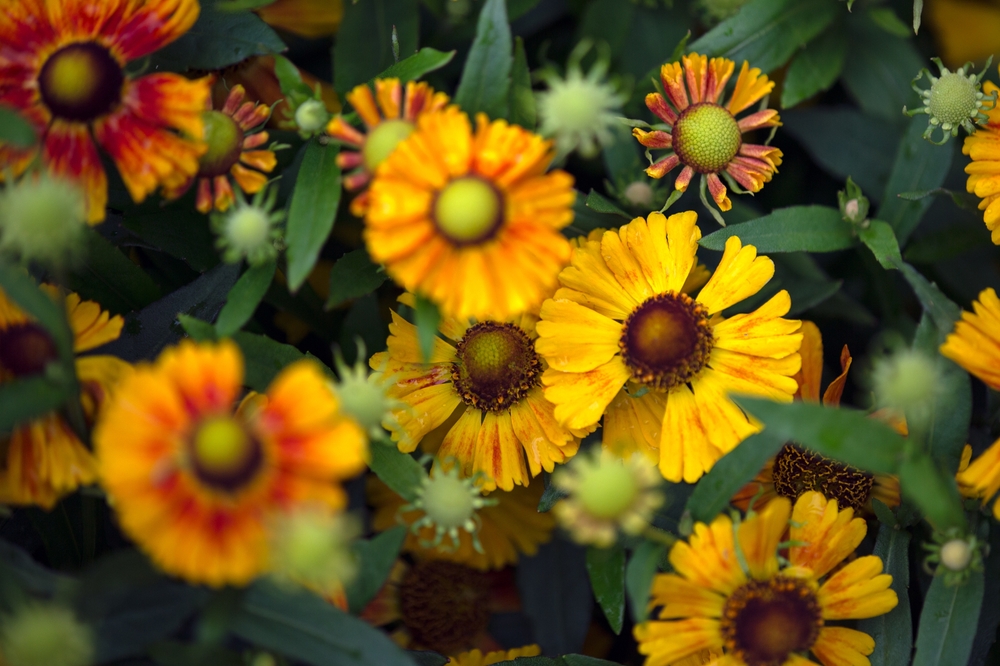
Helenium, commonly known as sneezeweed, is a vibrant flower that blooms in late summer and continues into fall. These flowers come in fiery colors such as orange, red, and yellow, creating a stunning contrast with the cooler shades of autumn. Helenium is a hardy perennial that thrives in full sun and moist, well-drained soil. Their long bloom period means they provide consistent color throughout the fall season.
These plants are ideal for adding a pop of bright color to garden beds or borders. Heleniums attract pollinators like bees and butterflies, making them an important plant for supporting local ecosystems. They are also drought-tolerant once established, making them a practical choice for many gardeners. The warm, rich colors of Helenium add warmth to your fall garden.
Sweet Alyssum
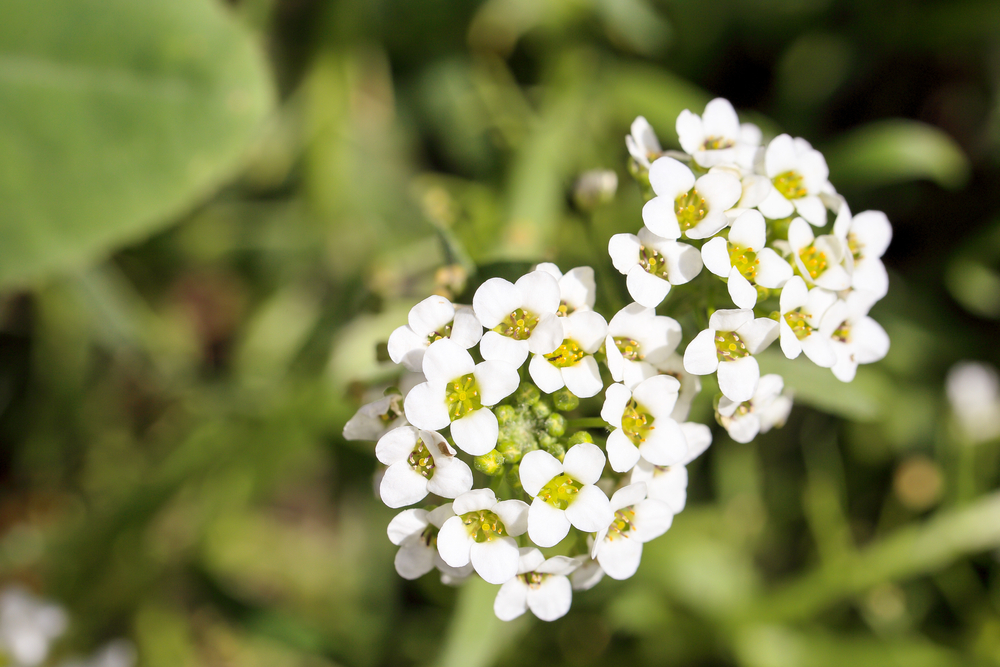
Sweet alyssum is a fragrant, late-blooming flower that continues to produce tiny, white, purple, or pink blooms through fall. These flowers are known for their sweet fragrance and are perfect for filling in gaps in flower beds or containers. Sweet alyssum thrives in cooler temperatures and can be grown in both full sun and partial shade, making them versatile for various garden settings. Their ability to bloom into the fall season makes them an excellent choice for adding late-season color.
Sweet alyssum is also easy to care for, requiring only moderate watering and well-drained soil. These flowers spread quickly, making them great for covering ground or filling empty spaces. Their ability to withstand cool temperatures allows them to bloom longer than many other fall flowers. The sweet scent and colorful blooms make them a charming addition to any fall garden.
This article originally appeared on Avocadu.
